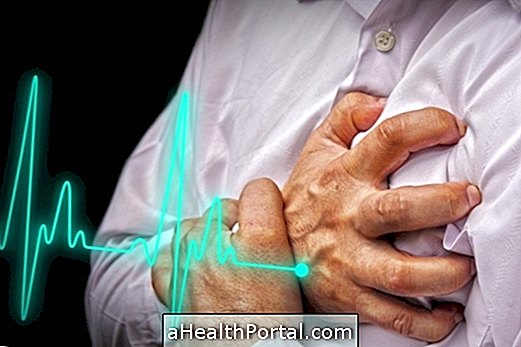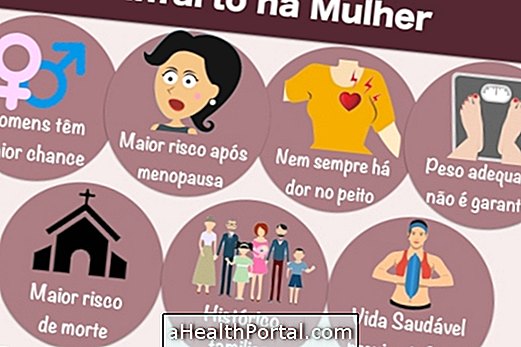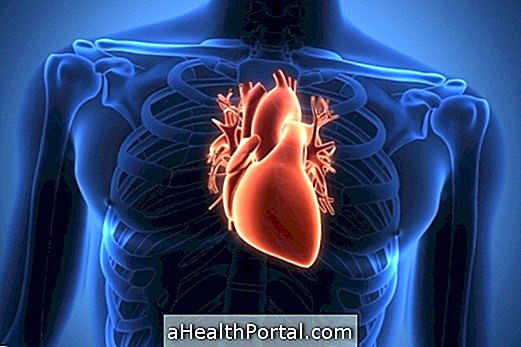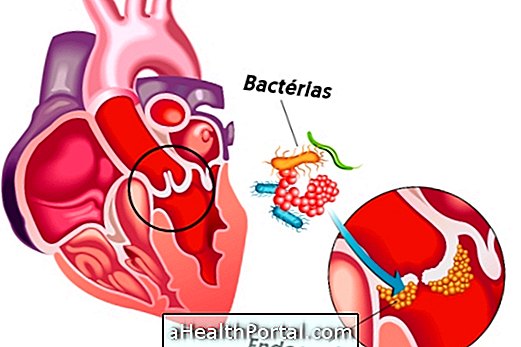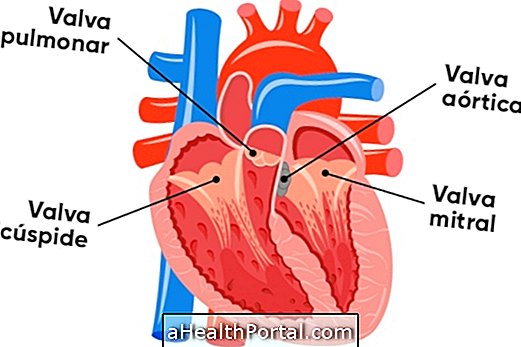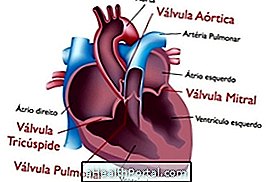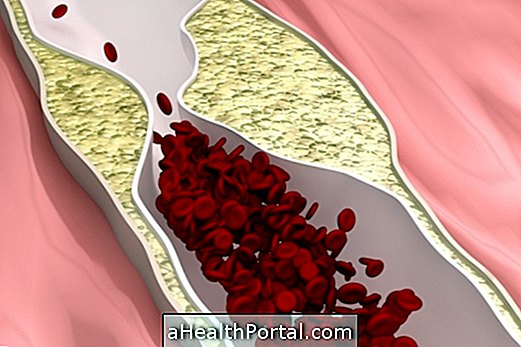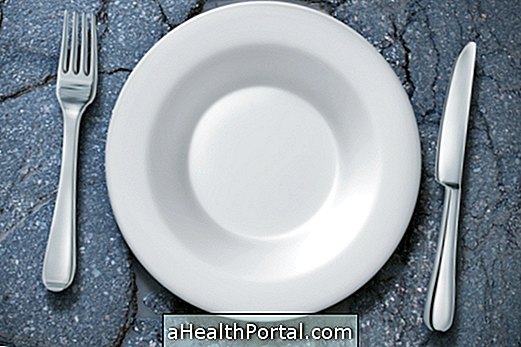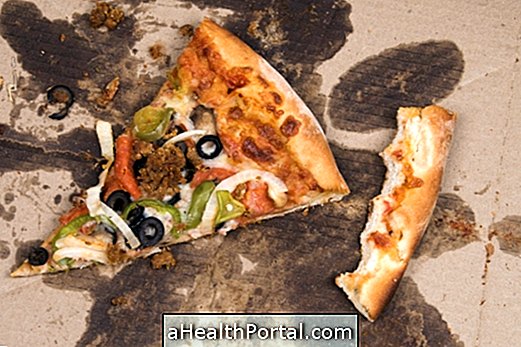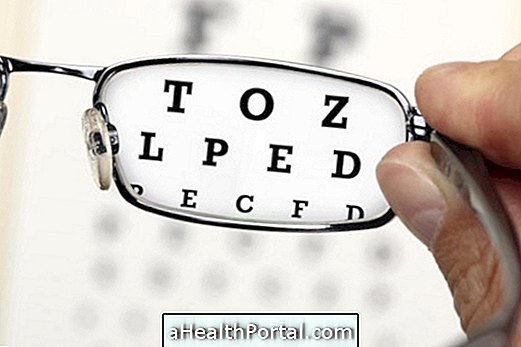Infarction treatment should be done at the hospital and may include the use of medications to improve blood circulation and surgical procedures to restore blood flow to the heart.
It is important to be able to identify the first symptoms of the infarction, especially after the first occurrence, so that the patient is soon taken to the hospital, where he will be treated and monitored to avoid complications. Find out what all the symptoms are here.
1. Remedies
As the infarction occurs due to the obstruction of a blood vessel that feeds the heart, the first step of your treatment is the use of medicines that prevent the formation of clots in the blood and that improve circulation, such as Aspirin.
In addition, medicines that lower blood pressure, relieve chest pain, and relax the heart muscle can also be used to bring the heartbeat back to normal.
2. Angioplasty
Angioplasty, also called catheterization, is used when drug treatment is not enough to restore blood circulation. This procedure is done through a tube, called a catheter, that is placed in an artery of the leg or groin and travels through the body to the blood vessel that is causing the infarction.
The catheter has a balloon on its tip that is inflated to open the blocked blood vessel, and in some cases a stent is placed, which is a small metal spring that helps prevent the vessel from closing again, causing a new heart attack .
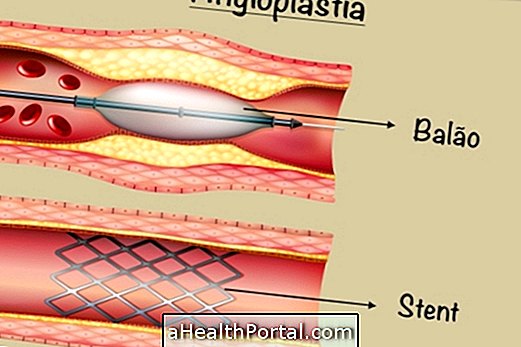
3. Surgery
In the most severe cases, the surgery of the saphenous vein, which is usually done about 3 to 7 days after the heart attack, may be necessary.
This surgery consists of removing a piece of the saphenous vein, located in the leg, to replace the obstructed part of the heart artery, reactivating the normal blood flow to the organ.
4. Physical therapy after myocardial infarction
Physiotherapy treatment after infarction should be started in the hospital after the cardiologist has been released and is usually composed of:
- Breathing exercises to strengthen the lungs;
- Muscle stretching;
- Go up and down stairs;
Exercises to improve body conditioning.
The intensity of the exercises varies according to the stage of rehabilitation the patient is in. Initially 5 to 10 minutes of exercise is suggested 2 times a day, which evolves until the individual can perform 1 hour of exercises per day, which usually happens 6 months after the infarction.
Routine after heart attack
After the infarction, one should gradually return to the normal routine, being able to perform activities such as driving and returning to work after medical authorization.
In general, patients continue to take blood-thinning medications and try to do physiotherapy exercises, as well as take care of weight, have a healthy diet and practice physical activity regularly to strengthen the heart.
It is also important to remember that you are allowed to have intimate relationships normally, since the physical exertion of this activity does not increase the risk of having a new heart attack. Learn more about how physical activity is after the heart attack.
How to prevent a new heart attack
Prevention of heart attack is mainly made with changes in lifestyle, which include having a healthy diet, doing physical activities, decreasing stress and stopping smoking and consuming alcoholic beverages. See more tips here.
Here's how to improve heart health with 9 medicinal plants.
